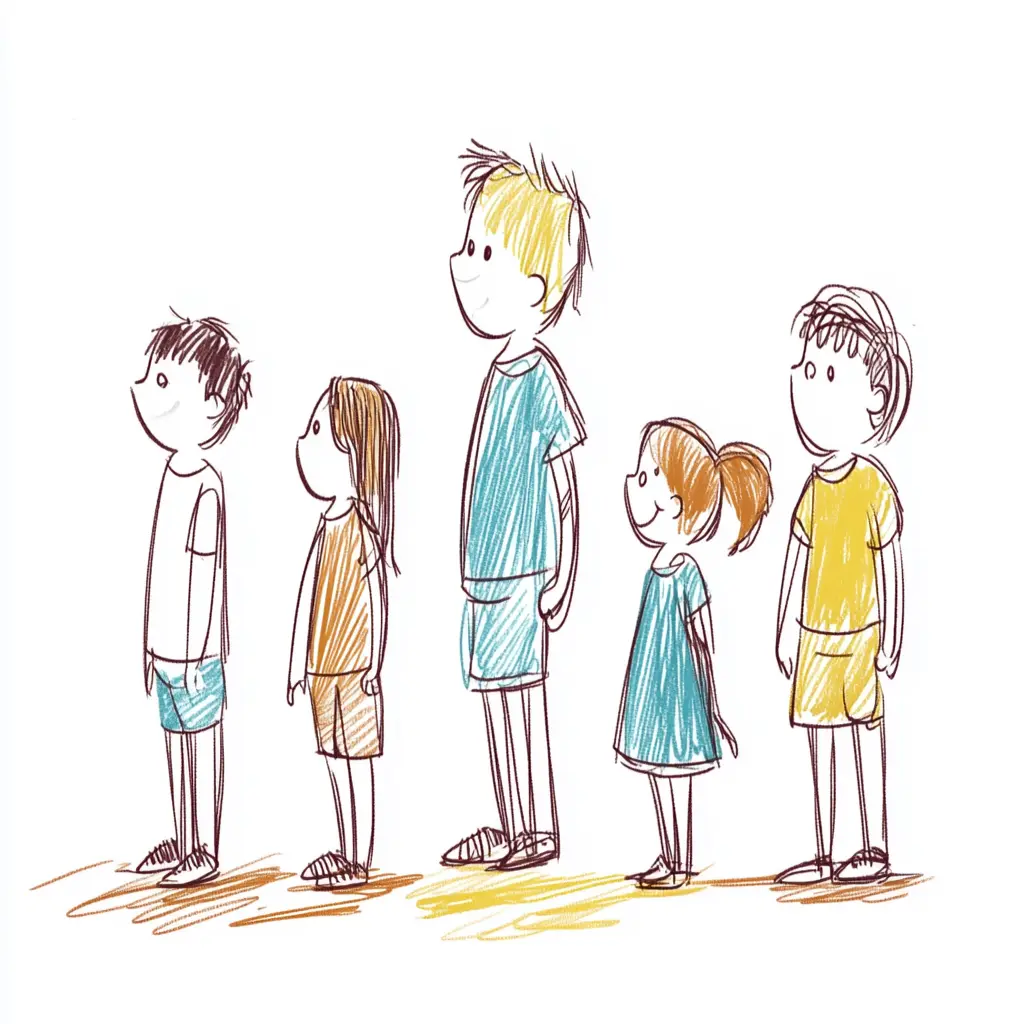Redshirting for Athletic Edge: How Redshirting Helps Young Athletes Gain an Edge and Why Parents Choose to Redshirt for Athletic Benefits
Redshirting, a strategy where parents intentionally delay a child’s entry into kindergarten or a new grade, is gaining popularity among families seeking an athletic advantage for their young athletes. By granting children an extra year to mature physically, emotionally, and academically, redshirting can provide a measurable boost in sports performance and confidence. Understanding the motivations behind this decision helps parents weigh the potential benefits for their aspiring athletes and consider how timing and preparation can positively influence athletic opportunities throughout middle and high school years.
Key Highlights
- Redshirting delays school entry to help young athletes mature physically, emotionally, and academically for sports advantages.
- Families see redshirting as a strategic edge, especially in competitive and homeschool athletic environments.
- This decision requires balancing athletic goals with social, emotional, and academic development for the whole child.
- Community and cultural perspectives influence the acceptance and perceived fairness of redshirting in youth sports.
- Parents are encouraged to use a decision checklist to make informed, individualized decisions about redshirting for their student-athletes.

Understanding Redshirting: Origins and Growing Popularity Among Parents
Redshirting is the delaying a child’s entry into kindergarten or the first year of high school. It has evolved from a little-known concept to a strategic decision embraced by many parents. Its origins in youth athletics reveal how families began associating voluntary redshirting with gaining a competitive edge for future athletes. More parents in high school and homeschool communities are weighing this approach, blending educational aspirations with needs unique to young athletes. The practice continues to spread across education, as families look to maximize opportunities, especially for youth interested in sports or needing extra time for growth.
How voluntary redshirting became a strategic choice in youth education and athletics
Voluntary redshirting took hold as parents recognized that an extra year could give athletes a significant physical and academic advantage over their peers. Initially applied in college and high school sports, red-shirting quickly gained momentum among families seeking both educational and athletic benefits for their youth. Parents began to see redshirting as a way to support their children’s development, allowing students to mature before facing important academic and athletic milestones. In homeschool circles, the practice is especially strategic, as families can tailor the educational pace while providing a flexible foundation for young athletes to thrive both in the classroom and on the field.
The Athletic Edge: Why Redshirting Appeals to Future Athletes
In competitive areas, being slightly older can lead to more playing time, better coaching attention, and even a higher chance of being scouted later on.
Parents searching for a distinct athletic edge for their child often consider redshirting, especially as competition intensifies in high school and youth sports. The idea of gaining that extra season to hone skills and develop both physically and emotionally draws many families into this strategy. For families, especially those homeschooling, redshirting offers unmatched flexibility, letting them personalize their child’s development to maximize athletic and academic growth. Likening player redshirts to a built-in advantage, parents often aim to give their young athletes the edge needed to reach their sports goals and stand out from the crowd.
Benefits and drawbacks for families seeking advantages in sports development
Redshirting can offer tangible benefits for families looking to enhance their child’s athletic development. An extra season often boosts athletes’ confidence, and when a player redshirts, they may compete at a higher level thanks to early physical maturity. Parents who’ve watched their child excel after redshirting know it can raise performance and resilience. Yet, it’s important to recognize potential drawbacks, delayed social integration in high school, missed academic timelines, or pressure to prioritize athletics over holistic growth. As a homeschool mom, I’ve seen how careful planning helps balance these benefits and drawbacks, encouraging thoughtful, family-focused decisions while keeping the athletic edge in perspective.
Redshirting and the Whole Student: Academic, Social, and Emotional Considerations
Choosing to academic redshirt a child isn’t just about athletic advantage; it’s about nurturing the whole student. Parents often want their student to be not only older for their grade but also ready to thrive emotionally and socially. I’ve seen that redshirting can help students adjust at their own pace, whether academically or socially, but it also creates unique challenges. Parents must weigh the emotional impact on their child alongside academic and social growth, deciding redshirting is a holistic one rooted in empathy, observation, and long-term goals for their student’s future.
Key questions parents should ask before making a decision
Before choosing to academic redshirt, parents should ask several key questions:
Will my child benefit from being older in this grade? How might this decision influence my students’ emotional and social development? What does my child’s maturity tell me about their readiness? It’s crucial to consider if your student will handle being the older student, both in academics and on the playground. Parents, especially in homeschool settings, need to reflect on these factors deeply and speak with their child about how they feel, ensuring the decision truly serves the student’s best interests and sets them up for long-term success as a well-rounded individual.
Cultural Perspectives on Redshirting in Youth Sports
Redshirting has become a topic of conversation beyond just its role in athletics or academics, cultural perspectives now shape how parents, educators, and student athletes approach this decision. Attitudes about youth sports differ across communities, often reflecting views on competition, growth, and the value of childhood. While some see redshirting as an opportunity for personal and athletic development, others question its fairness or impact on youth sports dynamics. These shifting perspectives influence not just individual families but also the broader youth sports culture, leading parents to think carefully about how best to support athletes and align with their own community values.
“He went from an unhealthy kid to one of the top football players in his age group in the state because this past year he has been training like a beast with Elite.”
How shifting attitudes influence decisions for student athletes
As cultural perspectives evolve, parents and student athletes find themselves navigating new attitudes toward redshirting in youth sports. Positive community views can make parents more confident in choosing redshirting for the perceived athletic edge it brings, especially among athletes aiming for higher levels of competition. Conversely, in communities that value participation and inclusivity over winning, parents may hesitate to redshirt, questioning if it truly benefits their child. These cultural attitudes influence not just family decisions, but also the tone of discussions within sports environments, shaping how athletes and parents assess what’s best for youth development, both on the field and in life.
Actionable Next Steps: Download Your Redshirting Decision Checklist
If you’re a parent considering redshirting for your student athlete, it’s time to move from research to action. Based on everything we’ve discussed, from weighing the athletic edge and social-emotional growth to understanding shifting community perspectives, having a structured decision checklist streamlines your next steps. Download our comprehensive checklist to guide your action as you evaluate the specific needs of your child, your goals, and your family situation. This checklist empowers parents to confidently make an informed decision about redshirting without missing key considerations important to both academic and athletic growth. Take action and download your redshirting checklist now to start your next steps with clarity and focus.
Redshirting can be a strategic choice for families seeking to help their young athletes maximize their athletic growth and pursue new opportunities. By thoughtfully considering your child’s unique strengths, goals, and readiness, you can make an informed decision that aligns with both academic and athletic aspirations. If you’re exploring redshirting for your student athlete, download our free decision-making guide or connect with other homeschool parents who have navigated this path for firsthand support and encouragement. Your proactive planning today can set your child up for a rewarding and successful tomorrow.




